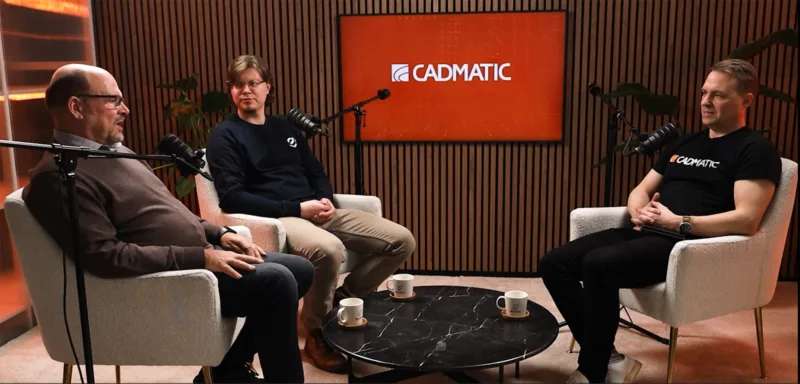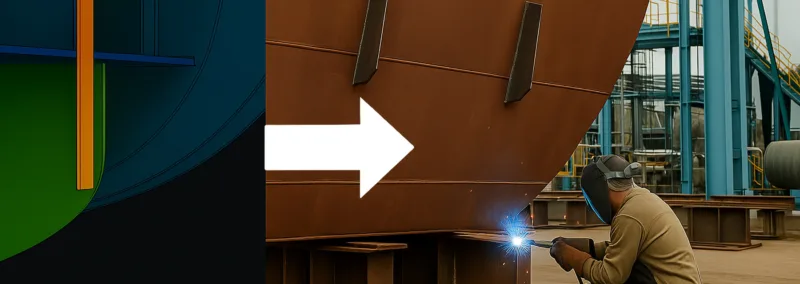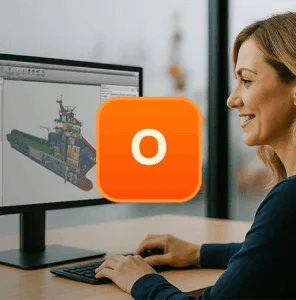Smarter hull design – new tools for panels, plate parts, and production information
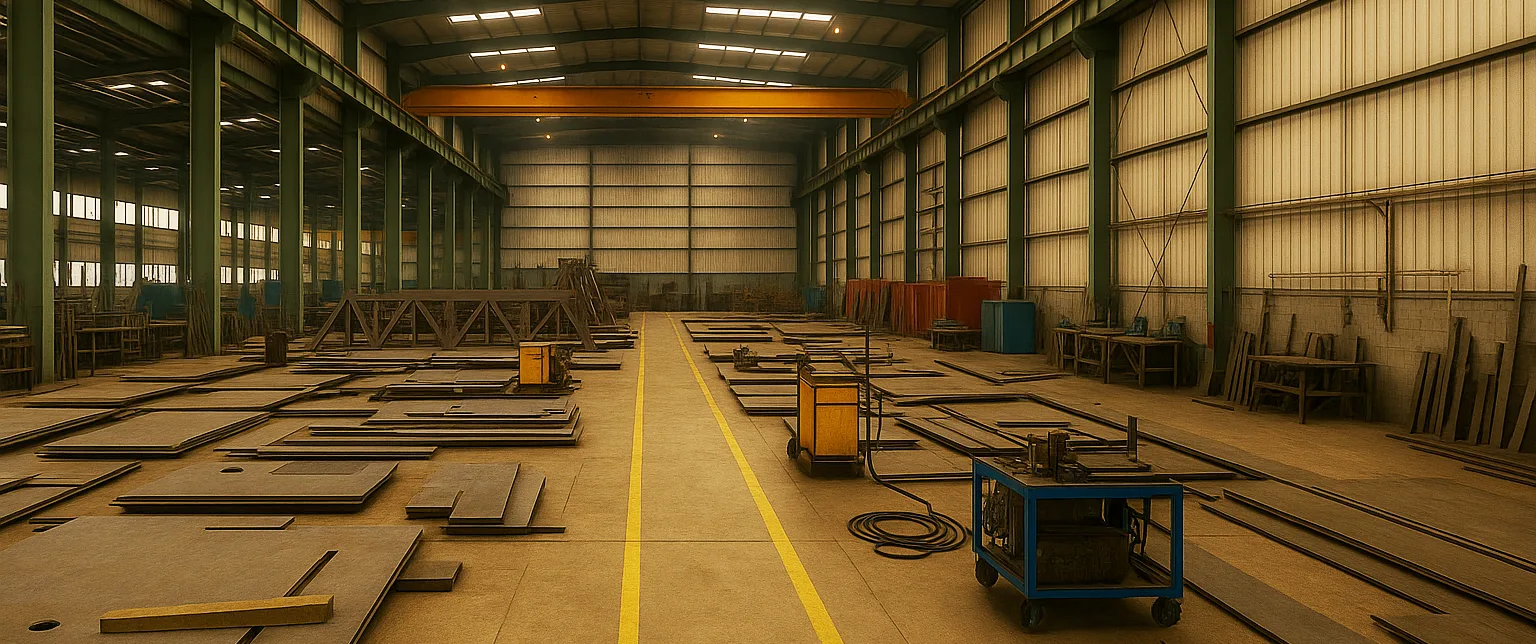
Ship hull panels may look like single pieces of steel, but they are built from countless plates and parts, each with their own properties and connections. Managing these details efficiently is vital for shipyards. The latest version of CADMATIC Hull (2025H1) includes features that make managing these panels and plate parts even easier, improves production information, and introduces AI-driven bracket file creation.
More powerful panels and plate parts
The concept of panels and plate parts is at the heart of hull design. Each plate part can have its own thickness and material type, and together they form the panels that make up the ship’s structure. The latest improvements bring extra precision and flexibility: bevels and extra lengths are now stored as plate part edge properties, related construction elements automatically connect to the correct plate parts, and recalculations are faster because only the affected elements need to be updated.
These changes mean that when designers modify a plate, for example by adding a seam, Hull immediately updates all relevant information without forcing a complete recalculation. Brackets are also now related to shell plates, ensuring they are positioned correctly and that bevels match the plates they attach to.
For designers, these updates reduce repetitive manual work. Instead of worrying about broken connections when plates are split or modified, they can rely on Hull to keep relations consistent. For production teams, the result is more accurate information and fewer errors, since thickness, material type, and bevel data are always correct for each part.
Part labelling and 3D item information have been improved as well, making it easier to see exactly which properties apply to each plate part. The result is a smoother workflow from design through to production drawings and manufacturing data.
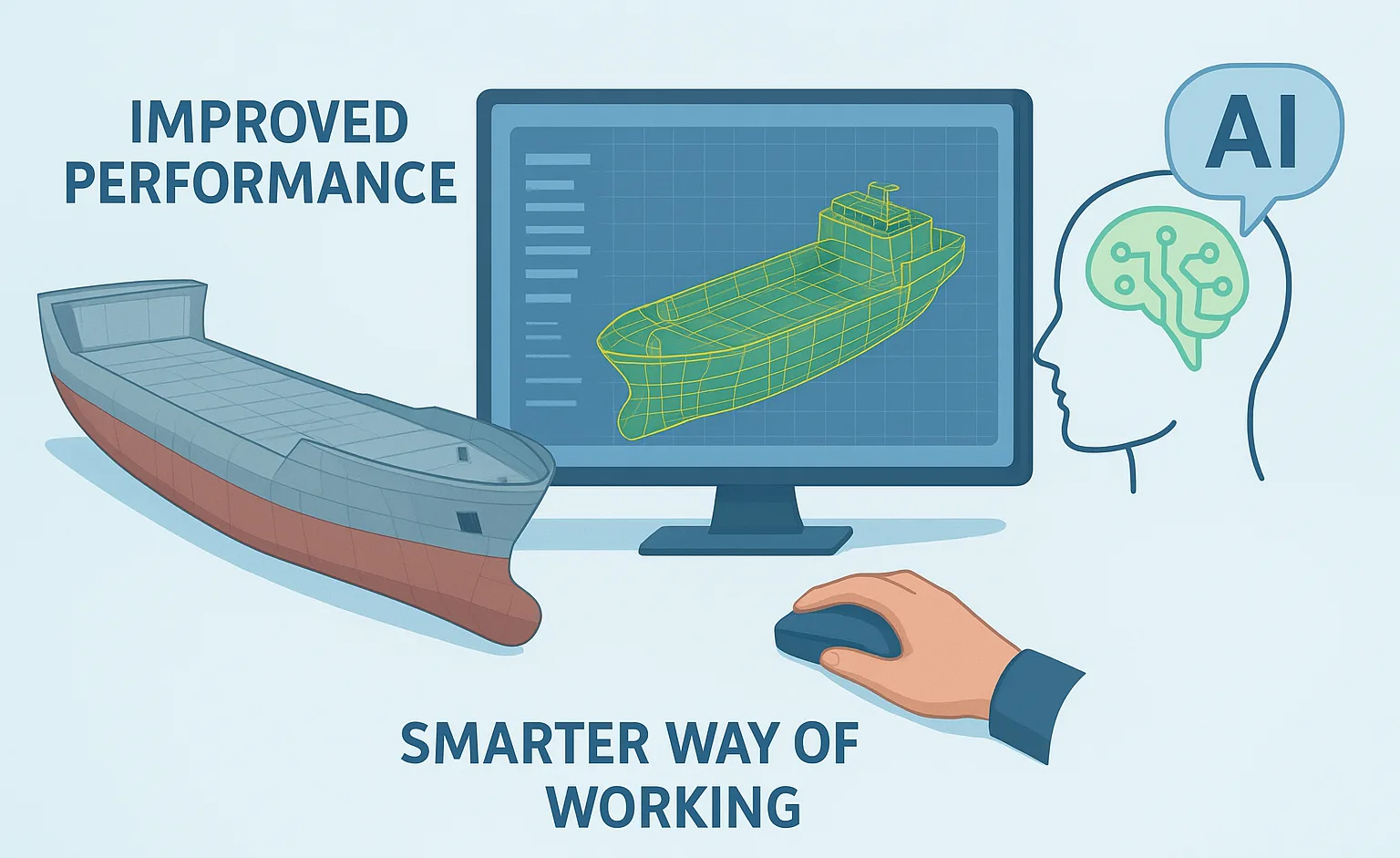
Better tools for production information
The Work Break Down (WBD) Shop Manager has also been enhanced. It now generates logistical data for branches and parts based on shop floor information, such as size, weight, as well as assembly times, processes and transport limitations. Designers can automatically create reference points for WBD 3D sketches, and tables in these sketches can be positioned more freely than before.
These improvements help shipyards create more accurate reports, support better planning, and streamline information flow to the shop floor.
A glimpse of the future with AI
Another interesting update is the use of AI to create bracket type files. By providing a simple text input or an interpreted picture, Hull can now generate the geometry part of bracket type files. It’s a small but meaningful step toward smarter, faster design tools.
Making hull design more efficient
The updates in Hull 2025H1 may work quietly in the background, but they add up to a big difference: fewer broken relations, faster recalculations, and more consistent production information. By combining improved structural modelling with better tools for production data, CADMATIC Hull helps shipyards spend less time on manual fixes and more time building great ships.

